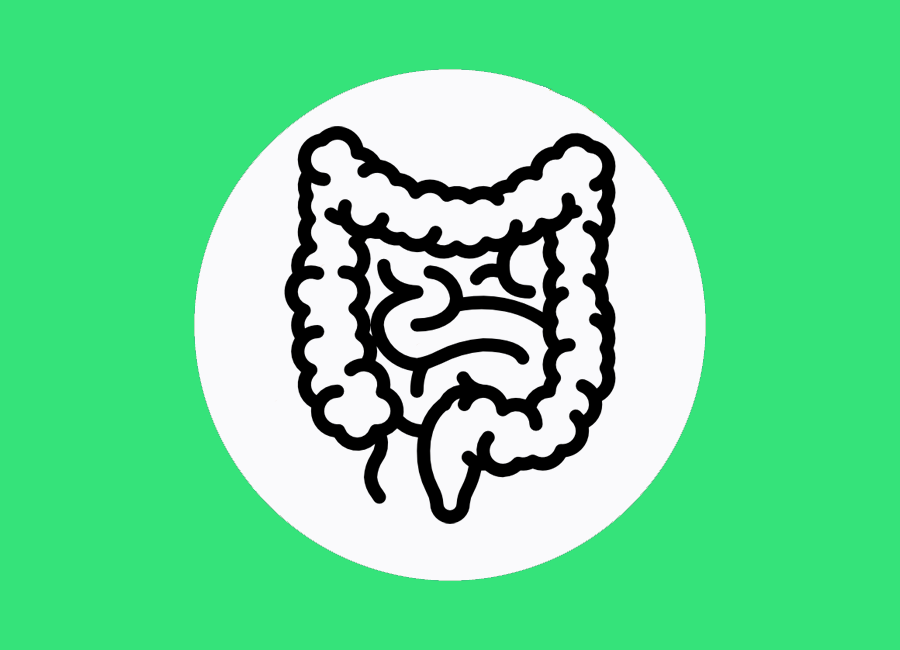Gentamicin can be given using the once daily
regimen with the exception of patients
receiving gentamicin for the treatment of
endocarditis,
cystic fibrosis, pancreatitis, and in
pregnancy, patients
with extensive burns and paediatric
patients. For patients
who are not suitable for once daily
gentamicin dosing,
please read the section below
'Gentamicin twice (or
three times) a day dosing.' Once
daily gentamicin dosing is at least as
effective as
multiple dose therapy, is no more toxic and
makes
under-treating less likely and assaying
simpler.
GENTAMICIN
DOSE AND
INTERVAL
For
patients
under 70 years of age and with
normal renal
function:
5 mg/kg once daily (max total daily dose must
not
exceed 400mg),
EXCEPT, in pregnant women, children,
endocarditis and
the other conditions referred to above - for
these patients
use the same total daily dose, divided into
2-3 doses per
day.
For
patients
70 years of age and over with
normal renal
function:
4 mg/kg once daily
EXCEPT in the conditions referred to above -
for
these patients use the same total daily
dose, divided into
2-3 doses per day.
For
patients
with abnormal renal
function:
For patients with renal impairment give the
normal
dose to begin with and then dose based on
plasma
levels. Do not give doses until levels are
available
from the laboratory in order to avoid
toxicity.
Dose
calculation for obese
patients
Where a patient is obese the dose of
gentamicin
should be calculated using corrected body
weight
(CBW). The following steps should be
followed in order
to calculate CBW.
1. Weigh the patient to obtain actual body
weight
(ABW)
2. Calculate the ideal body weight (IBW)
using
the formulas below selected based on
gender:
- IBW Male (kg) = 50 + (2.3 x number of
inches
above five feet in height)
- IBW Female (kg) = 45.4 + (2.3 x number
of inches
above five feet in height)
3. Calculate corrected body weight (CBW)
using
the following formula:
- CBW (kg) = IBW + [0.4 x (ABW -
IBW)].
For example, an obese male patient who is
6’1” tall and weighs 120kg
would result in
the following calculation:
IBW = 50 + (2.3 x 13) =
79.9kg
CBW = 79.9 + 0.4 (120 - 79.9) = 95.9kg
when
calculating dose.
MONITORING
OF
GENTAMICIN
Monitoring is recommended for all patients in
whom it
is anticipated that gentamicin will be given
for more than 2
days. The main objective is to delay the
onset of
nephrotoxicity and reduce the risk of
ototoxicity. If
the patient has adequate renal function do
not wait for
plasma levels to become available from the
laboratory before
giving the next dose as this will delay
treatment.
Monitoring
of
plasma
levels
For once daily
dosing
only the pre-dose
(trough)
plasma concentration should be measured.
A clotted blood
sample must be taken before the second
dose is due. The
biochemistry department will test and
give the result
before the next dose is due. Wait
for the test
result before giving the second and
subsequent doses in
patients with renal impairment and
patients who have had
toxicity with gentamicin. Do NOT wait
for the test
result for patients who have normal
renal function and
no signs of gentamicin toxicity as this
will delay
antibiotic treatment.
If the level
is:
Less than
1 mg
/litre (therapeutic
range) continue with the same
dose and check
pre-dose levels twice
weekly.
Between
1-2
mg/litre give the next
dose but check pre-dose
level again prior to the next
dose.
Greater
than
2mg/litre do not give any
more. Omit the next dose
and repeat levels again after
24 hours. Do not administer any more
gentamicin
until the level is in the
therapeutic range (less
than 1mg/litre). The period of time
it takes
the plasma concentration to drop to
a therapeutic
level should be used as the time
period
between
doses.
If the patient is
very
ill or if there are problems monitoring
levels please
discuss with the microbiologist for an
alternative
antibiotic regimen.
Duration
Review the need
for
gentamicin therapy at 72 hours. If it is
deemed
necessary to continue gentamicin
treatment beyond 72
hours discussion with the Consultant
Microbiologist.
Twice
(or
three times) a day
dosing
Twice or three
times a
day dosing may be used, particularly in
patients given
small doses twice daily for
endocarditis. Clotted
blood samples should be taken just
before and 1 hour
after the dose (i.e. trough and peak
levels). This
should be done at dose 2-4; and earlier
if there is
renal impairment or other factors
associated with
increased toxicity. The peak level is
needed, in
multiple daily dosing, to ensure it is
high enough for
efficacy.
In endocarditis, aim for trough
<1mg/litre
and peak
3-5mg/litre.
In other
conditions
requiring multiple daily doses of
gentamicin aim
for trough <2mg/litre and peak
5-10mg/litre.
Subsequent
monitoring of
levels is needed 2-3 times
weekly.
If the pre-dose (‘trough’)
concentration
is high, the interval between doses must be
increased. If
the post-dose (‘peak’)
concentration is high,
the dose must be decreased.



























